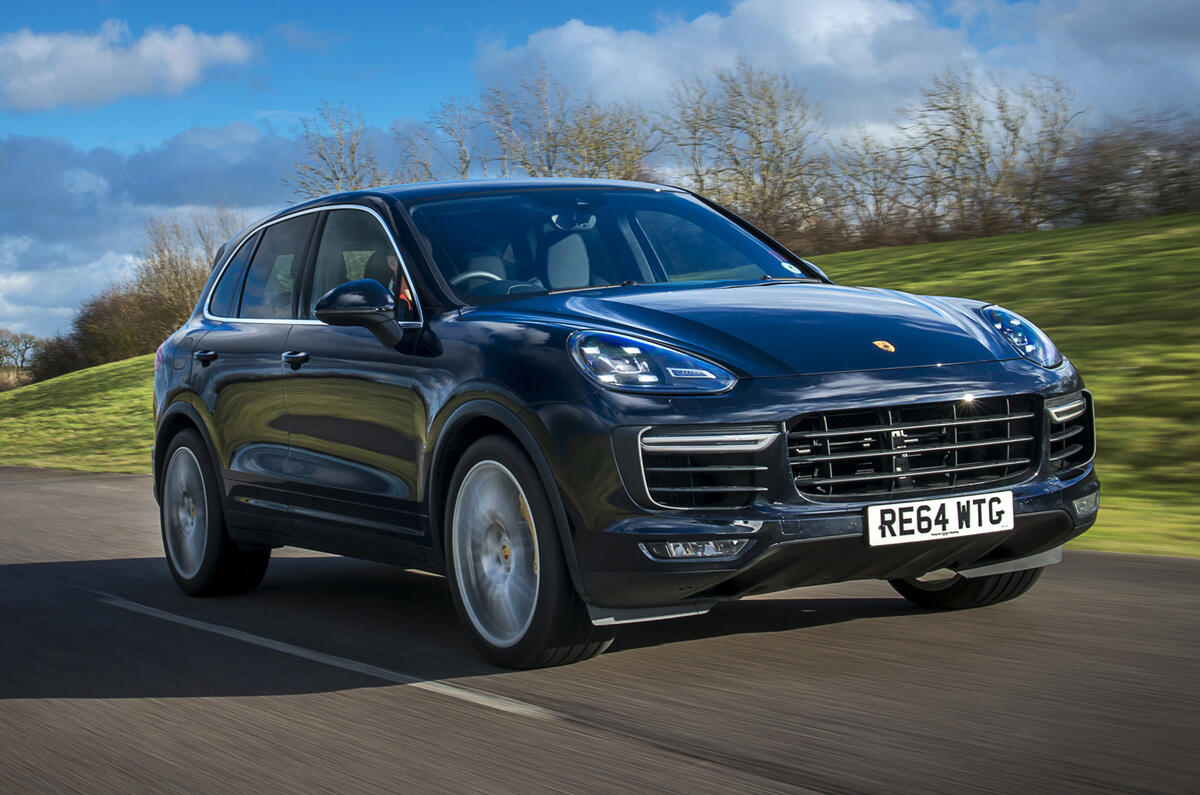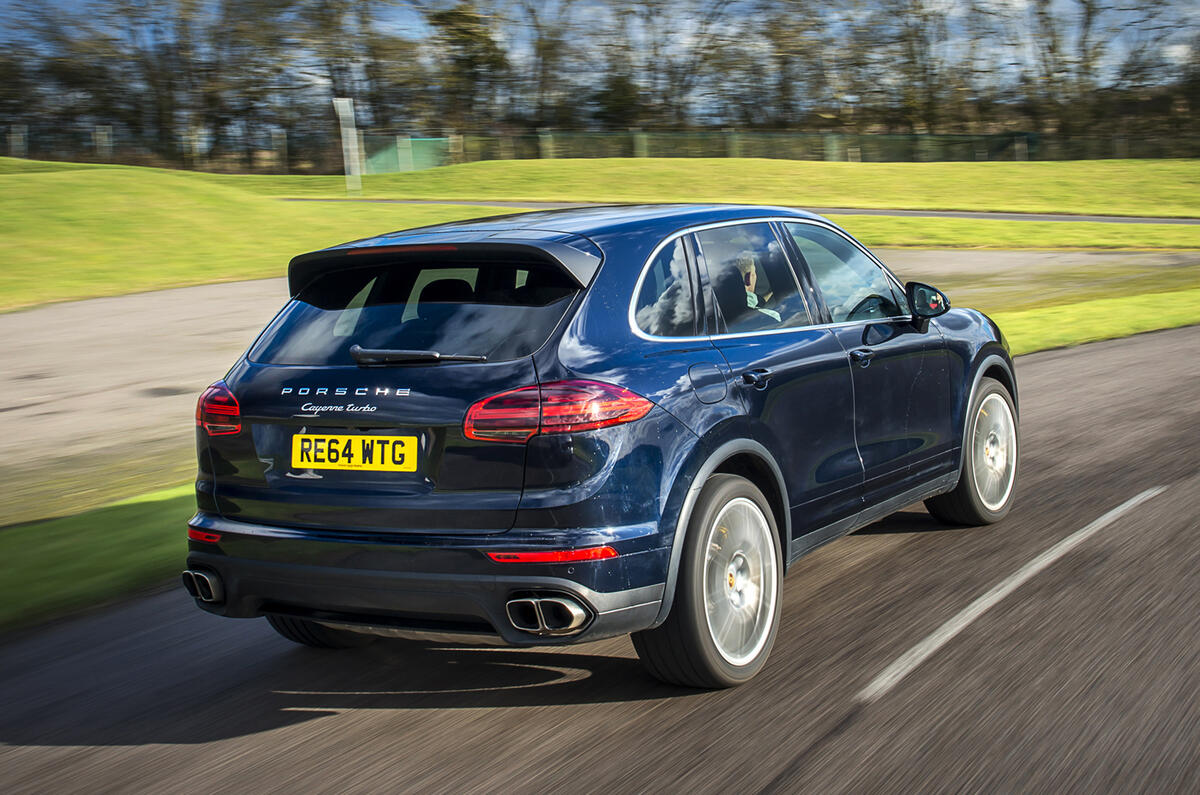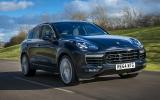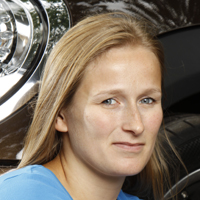It’s quite shocking to consider that, despite hikes of 20bhp and 37lb ft, which bring headline figures from the 4.8-litre V8 twin-turbo motor to 512bhp and 553lb ft, the Porsche Cayenne Turbo isn't the go-fastest version of Porsche's big SUV.
That questionable honour goes to the 562bhp Porsche Cayenne Turbo S with its 562bhp on tap. Similarly, the Porsche Cayenne GTS has set the handling benchmark for Stuttgart's venerable 4x4. So where does that leave the Turbo?
For all that talk of the even more intense Cayenne models, and marginally improved economy for this car's facelift, let’s not confuse the Porsche Cayenne Turbo with a moderate car. Considering one as your average family SUV - if you’re not specifically after raging performance - would be like browsing a howitzer catalogue for the occasional clay-pigeon shoot.
Ultimately, though, if you like cars, if you want a really fast one and you're contemplating a Turbo, then it won't disappoint.
The V8 is the star of the show here. Give it everything and you’re treated to a distant cacophony of turbo-whoosh and V8 warble, as you struggle to come to terms with just how rapidly the whopping 2.2-tonne mass is gaining pace.
It’s in part due to the contrast of the serene way you can tool about at normal speeds, helped by the smooth and intuitive shifts of the eight-speed automatic gearbox, but you’d never tire of the explosive way it hurtles up the road when you want it to.















